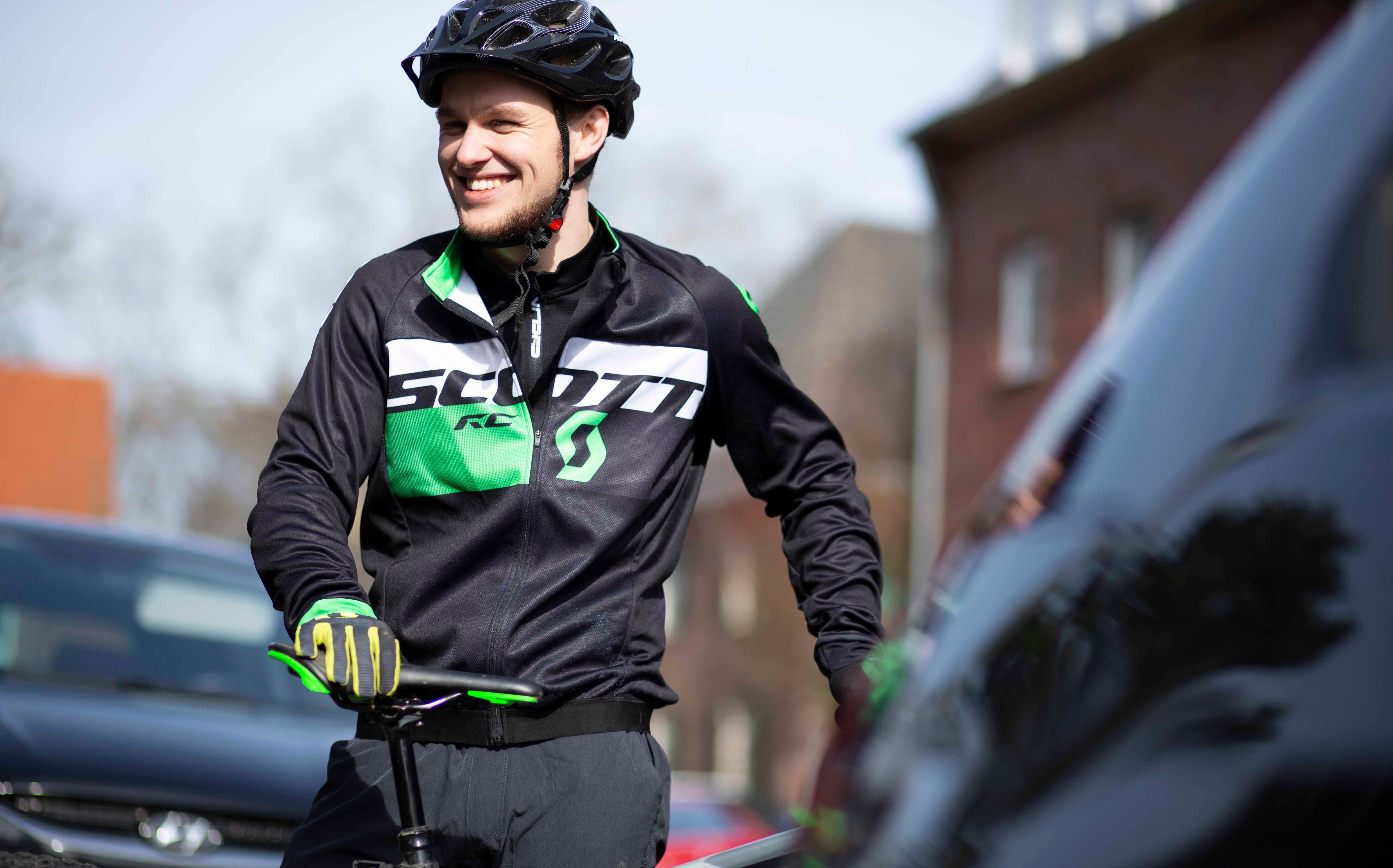Eat your way to weight loss


Ever heard the saying that goes something like, “abs aren’t made in the gym, they’re made in the kitchen”? Well, it’s actually kind of true.
Yes, exercise is a vital part of maintaining good health, and is the key for strengthening muscles and building endurance. But when it comes to weight loss, exercise is just one part of the process.
“Food is central to healthy weight – and both quality and quantity matter,” says dietitian, author and speaker Annie B. Kay. “While energy balance (calories in-calories out) isn't the only factor in managing your weight (food quality and regular movement make the difference over the long run), you can’t exercise your way out of overeating.”
And, she adds, “it’s just easier to create the energy deficit that will help you manage you weight through food.”
Kay explains the cycle of overeating and then trying to exercise our way out of it just sets us up for failure.
“To ‘work off’ a single slice of pizza (about 300 calories), you’ll need to swim for a full hour, run three miles or walk for about an hour and a half. With this strategy, a burger (300-900 calories) and fries (450 calories) can mean walking all day,” she says. “Exercising like this can also backfire by making you hungrier when you are already in a binge-deprivation cycle.”
Instead of looking at food and exercise as a self-punishing cycle, it is more sustainable to focus on a more balanced approach to food.
“What I tell people I work with is, everyone overeats at some point. Do what you can (for some it’s a glass of water, for some it’s forgiving yourself and saying ‘yep, that happened’), and begin again with balanced eating and movement you enjoy,” Kay says. “It can also be helpful to think about what the trigger was for overeating – what were you really hungry for?”
As with many things, the key to eating for healthy weight loss is balance – and definitely not deprivation.
“Ultimately, it’s a balance of eating lightly but adequately, moving, and treating yourself fantastically well through the process,” says Kay. “A question I often ask my clients is, what fuels your life force beyond food – how are you creative, and what makes you feel like you – I'm talking gardening, taking a fantastic bath, staying in touch with friends. When we treat ourselves fantastically well, it’s easier to maintain a healthy balanced diet.”
What does a healthy plate look like?
As for what we should be eating generally, Kay says a healthy plate is a balanced plate.
“A little protein, a little starchy carbohydrate (whole grains, starchy vegetables), a little healthy fat (avocados, olive oil) and have half the plate be fruits and vegetables.”
She adds, “Deprivation doesn’t work – save yourself the misery of highly restrictive diets. Instead, think about balance (eating regular meals at regular times) and lean into your favourite fruits and vegetables.”
Kay also recommends focusing more on health than weight, being patient with yourself and practising self-acceptance, even if you haven’t yet reached your weight-loss goals.
“You can look and feel fantastic right now, regardless of the number on the scale,” she says.
